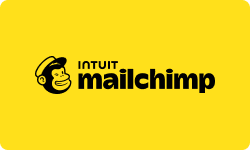MailChimp

Updated On September 23, 2025

MailChimp
Visit Site

Pros
- Powerful analytics tools to track campaign
- Abundance of templates and design
- Comprehensive automation features for marketing tasks
Pros






